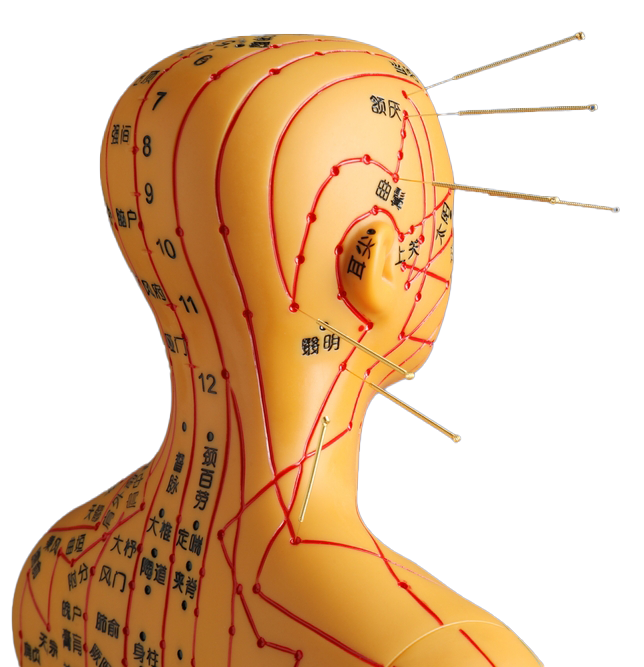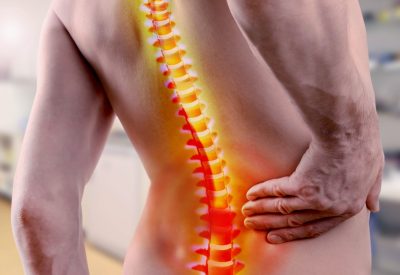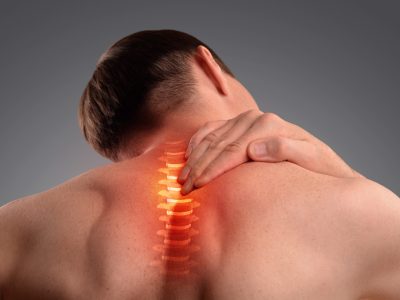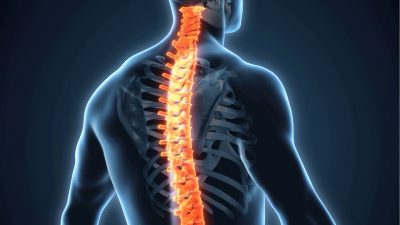- Facet joint Radiofrequency Thermocoagulation (RFT) Treatment
- Radiofrequency Thermocoagulation Dorsal root ganglion (DRG) radiofrequency thermocoagulation (RFT)
- Discitis Procedure
- Sacroiliac Joint Radiofrequency Treatment (Simplicity)
- In-Disc Ozone Therapy
- Nucleoplasty
- Transforaminal Injection (Pinpoint)
- Facet joint block
- Epidural Injection
Nucleoplasty
Contents
Toggle- Creating an individualised treatment plan
- The role of different specialities (physiotherapist, orthopaedist, psychologist, neurosurgeon)
- Pain treatment during pregnancy
- Treatment of chronic pain in the elderly
- Pain management in children
- Stress management
- Healthy eating
- Ergonomic living arrangements
- Exercise and mobility
- Facet joint Radiofrequency Thermocoagulation (RFT) Treatment
- Radiofrequency Thermocoagulation Dorsal root ganglion (DRG) radiofrequency thermocoagulation (RFT)
- Discitis Procedure
- Sacroiliac Joint Radiofrequency Treatment (Simplicity)
- In-Disc Ozone Therapy
- Nucleoplasty
- Transforaminal Injection (Pinpoint)
- Facet joint block
- Epidural Injection
- Cancer pain
- Permanent Epidural / Spinal Port Application
- Vascular Port (Permanent Vascular Access)
- Trigeminal Nerve RFT
- Blockade of Ganglion Stellatum
- Lumbar Sympathetic Ablation
- Facet joint Radiofrequency Thermocoagulation (RFT) Treatment
- Radiofrequency Thermocoagulation Dorsal root ganglion (DRG) radiofrequency thermocoagulation (RFT)
- Hernia Burning (IDET)
- Discitis Procedure
- Sacroiliac Joint Radiofrequency Treatment (Simplicity)
- Permanent Epidural / Spinal Port - Pump System
- In-Disc Ozone Therapy
- Nucleoplasty
- Peripheral Nerve Block
- Transforaminal Injection (Pinpoint)
- Facet joint block
- Epidural Injection
- Intra-articular Fluid Treatment
- Dorsal root ganglion (DRG) radiofrequency thermocoagulation (RFT)
- Spinal cord stimulation (pain pacemaker)
- Ergonomic living arrangements
- Spinal cord stimulation (pain pacemaker)
- Nucleoplasty
- Radiofrequency ablation
- Herbal solutions
- Dry needle treatment
- Anti-ageing treatments
- Ozone therapy
- Cupping therapy - Cupping
- Mesotherapy
- Prolotherapy
- Acupuncture
- Stem Cell Therapy
- Nerve blockages
- Corticosteroid injections
- Massage and relaxation techniques
- Manual therapy
- Electrotherapy
- Neuropathic pain medications
- Anti-inflammatory drugs
- Muscle relaxants
- Painkillers (paracetamol, ibuprofen, etc.)
Nucleoplastyis a minimally invasive procedure used to treat chronic back or neck pain caused by disc herniation in the spine. In this procedure, a part of the damaged disc tissue is removed with the help of a special device, the pressure of the disc on the nerve is reduced and the pain is controlled. Nucleoplasty is generally preferred as an alternative to surgery and allows the patient to recover faster.
What is Nucleoplasty?
- Discs in the Spine: The discs between the vertebrae provide flexibility and mobility to the spine. Inside these discs is a gel-like structure (nucleus pulposus). Tears or herniated discs can cause pain by pressing on the nerve roots.
- Nucleoplasty It is the reduction of pressure on the nerve by removing or shrinking the excess tissue in the inner part of the damaged disc. Radiofrequency or plasma energy is used during the procedure.
Who is it suitable for?
Nucleoplasty can be performed in the following cases:
- In the lumbar or neck area mild or moderate disc herniation patients with
- Nerve root compression due to a herniated disc leg or arm pain (radicular pain).
- Patients who do not respond to medication, physiotherapy or other conservative methods.
- Individuals with complaints of numbness or tingling due to nerve pressure.
- Patients diagnosed with disc herniation by imaging methods such as MRI, but do not require surgery.
How is the Procedure Performed?
1. Preparation:
- After the patient is evaluated before the procedure, the procedure is performed in a sterile surgical environment.
- The procedure is usually performed under local anaesthesia and light sedation.
2. Imaging Assistance:
- Fluoroscopy (X-ray guidance) the location of the herniated disc is determined.
3. Catheter Placement:
- A thin needle or catheter is guided into the damaged disc and inserted into the inner part of the disc.
4. Removal of the nucleus pulposus:
- Using radiofrequency or plasma energy through a catheter, the gelatinous tissue inside the disc is removed or reduced in size.
- This removes pressure on the nerve root by reducing the volume of the disc.
5. Completion:
- The procedure usually takes 30-60 minutes. After the needle is removed, the area is sterilised.
Advantages
- Minimally Invasive It is performed without the need for surgery.
- Fast Recovery: Most patients can return to their daily life within a few days.
- Effective Pain Control: Quickly reduces pain caused by nerve compression due to disc herniation.
- Does not require hospitalisation: The procedure is performed on an outpatient basis.
- Less Risk: It carries less risk of complications than conventional surgery.
Risks and Side Effects
Nucleoplasty is generally a safe procedure, but in rare cases the following side effects may occur:
- Temporary Pain: Mild pain or discomfort may be felt for a few days after the procedure.
- Infection: Risk of infection in the treated area.
- Haemorrhage There may be minor bleeding at the needle entry site.
- Nerve Damage In very rare cases, the risk of damage to the nerve roots.
- Recurrence of Pain: If the herniation progresses, the pain may return.
Post Procedure Care
- Rest Heavy lifting or strenuous physical activities should be avoided for a few days after the procedure.
- Physiotherapy Depending on the doctor's recommendation, physiotherapy can be effective to support spinal health.
- Pain Monitoring: If the pain does not completely disappear after the procedure, a doctor's check-up is required.
- Lifestyle Changes: Correcting posture disorders, exercising regularly and avoiding activities that strain the spine can increase the success of treatment.
Treatment Effectiveness
- Nükleoplasti, doğru hasta seçimi yapıldığında %70-90 oranında başarılı sonuçlar verebilir.
- Patients usually feel a marked reduction in pain within a few weeks.
- Depending on the size of the herniated disc and the general condition of the patient, the long-term effects may vary.
Conclusion
NucleoplastyIt is an effective and safe method to treat pain due to disc herniation without the need for surgery. Thanks to its minimally invasive structure, patients can recover in a short time and return to their daily lives. However, the suitability and success of this method depends on the correct patient selection and its application by a specialised team. A detailed evaluation with the doctor before treatment is of great importance.





